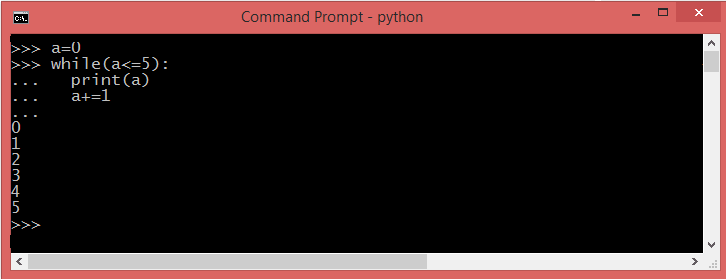Python Control Flow Statements
Control flow forms a crucial cornerstone of any programming language, as it governs the sequence of code execution and allows the system to make decisions based on given arguments, values, and logical conditions. In essence, control flow encompasses a block of code that orchestrates the flow of execution, determining the path that the program will follow. Through various constructs like conditionals (if-else statements) and loops (while, for), control flow provides programmers with the means to implement branching and iteration, facilitating dynamic and adaptive behaviors within their programs.
Control flow of a programming language is accomplish with three basic set of control structures:
- Sequential
- Selection
- Iteration
Sequential
Sequential statements are always execute the same sequence of commands and it will always output the same results.
Selection
Selection statements, often referred to as if...else statements that permit the developer to execute certain section of code depending on some Boolean condition.
- if statements
- if....else statements
- if..elif..else statements
- nested if statements

Iteration
Repetition in Python used for looping, i.e. repeatedly perform some code block.
- while loop
- do..while loop
- for loop

Conclusion
Without control flow, a source code would be a mere list of sequential statements, devoid of any intelligence or ability to respond to changing conditions. By using the power of control flow, programmers can create sophisticated, responsive, and dynamic applications, effectively enhancing the functionality and versatility of their code.